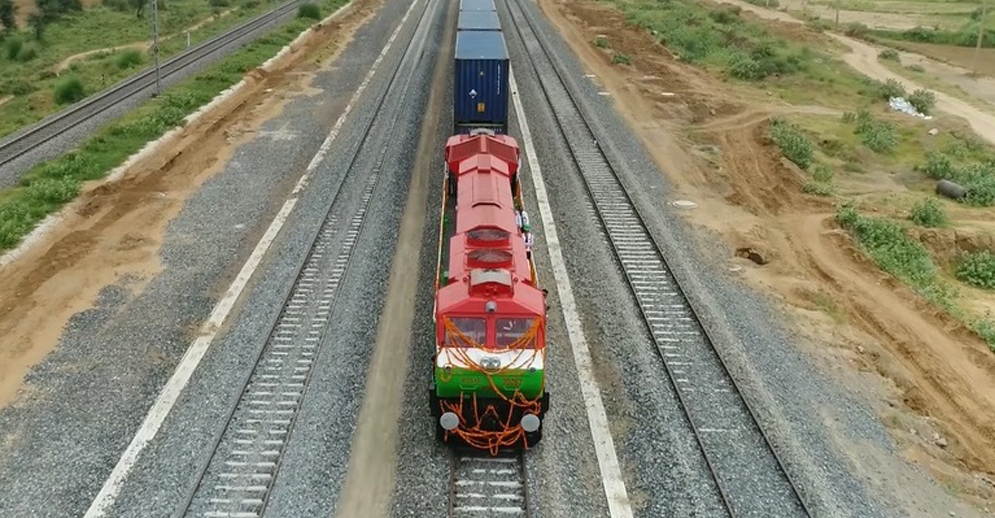
Over 90% DFCs are operational, 138 km to be added by April-end
NEW DELHI : Indian Railways have disclosed that more than 90 percent of the expansive 2,843 km Dedicated Freight Corridor (DFC) is now operational. This significant milestone includes complete coverage of the eastern segment and 85 percent completion of the western arm. Over 300 trains are currently traversing this network daily, marking a pivotal advancement in freight transportation efficiency.
The cost incurred in operationalizing this vast network currently stands at a staggering ₹1,24,000 crore. Plans are in motion to elevate operational route kilometers to over 95 percent by the end of April, further optimizing freight movements across the country.
Trains navigating through the Dedicated Freight Corridor have achieved impressive speeds, averaging between 50-60 km per hour, with the potential to escalate to 100 km per hour. This speed is more than double the velocity of goods trains operating on conventional Indian Railways tracks, where speeds typically range between 20-25 km per hour.
According to an official from the Dedicated Freight Corridor Corporation of India Ltd (DFCCIL), speaking on the condition of anonymity, approximately 95 percent of the corridor’s route commissioning is completed, with only around 110 km remaining to be finalized in the western arm. Notably, a 138 km stretch between Sanand and Makarpura is on the brink of being operationalized.
The Western Dedicated Freight Corridor (WDFC), spanning 1,506 km, links the JNPT port in Mumbai to Dadri in Uttar Pradesh, traversing through Maharashtra, Gujarat, Rajasthan, Haryana, and UP. While significant progress has been made, challenges persist along a 110 km stretch between Vaitarna and JNPT port, attributable to adverse weather conditions and contractual issues. However, authorities anticipate completion within the next year, after which the entire WDFC will be fully operational.
Conversely, the Eastern Dedicated Freight Corridor (EDFC) spanning 1,337 km is entirely operational, facilitating smoother logistics operations across Sahnewal—Khurja, Khurja—Bhaupur, Bhaupur—DDU (Deen Dayal Upadhyay junction), DDU—Sonnagar, and Khurja—Dadri sections. The corridor intersects through Punjab, Haryana, Uttar Pradesh, Jharkhand, and Bihar, with approximately 200 trains traversing the route daily.
Additionally, a 538 km route between Sonnagar and West Bengal, initially proposed as part of the EDFC but subsequently excluded from the project, will now be directly developed by the Ministry of Railways, further bolstering freight transport capabilities in the region.
